Anxi Monkey King (Ma Liu Mie) Tie Guan Yin Oolong Tea
$15.90 – $27.80Price range: $15.90 through $27.80
Description
| Origin: | Anxi County, Quanzhou City, Fujian Province, China |
|---|---|
| Season: | Spring Tea |
| Harvest Date: | May 18, 2025 |
| Dry Leaf: | Rolled to semi-ball shape in sand-green color |
| Aroma: | Fresh vegetal, orchid floral aroma |
| Liquor: | Clear yellowish green |
| Taste: | Smooth, soft and brisk with sweet aftertaste and long-lasting fragrance |
| Tea Bush: | C. sinensis cv. Tieguanyin |
| Tea Garden: | Fujing Tea Garden |
| Caffeine: | Moderate caffeine (less than 20% of a cup of coffee) |
| Storage: | Store in airtight, opaque packaging; keep refrigerated |
| Shelf Life: | 24 Months |
 |
Cup Method |
 |
Chinese Gongfu Method |
 |
Teacup: 12oz / 355ml |  |
Gaiwan: 3.8oz / 110ml |
 |
212℉ / 100℃ |  |
212℉ / 100℃ |
 |
3 Teaspoons / 5g Tea |  |
7g Tea |
 |
Brewing time: 3- 5 mins |  |
7 steeps: rinse, 30s, 40s, 50s, 60s, 80s, 100s, 120s |
| Rinse time is around 5 seconds |
Fujing Tea Garden sits at an elevation between 500 and 800 meters in Huqiu, one of the main tieguanyin production areas in Anxi. The weather here is warm and moist year-round, with an average temperature between 16 and 19℃ and an annual rainfall of about 1800ml.
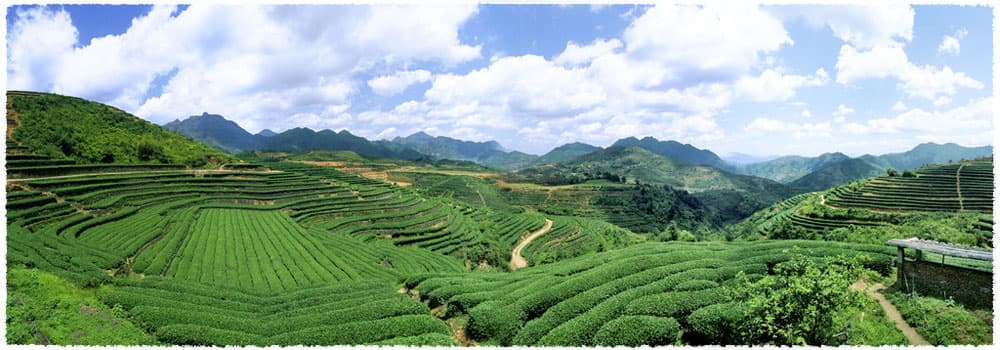
TeaVivre: Zheng Chao tieguanyin has a smooth liquid with a clear, heavy flavor, and a strong sweet orchid aroma. The local Fujian people name this characteristic of tieguanyin as “The Charm of Tieguanyin”, or Guan Yin or Yin Yun. It is a standard of discerning the quality of an Iron Goddess. Tea workers will decide whether the tea leaves are ready for stir fixation by their years of experience, and in this way, the flavor of one tieguanyin may vary due to the different experience of the tea makers.
Anxi is in the southeast part of Fujian, with a total area of around 3000 square kilometers. The environment here is definitely suitable for growing tea trees, with an average temperature between 16 and 20℃ and an annual precipitation of 1600-1800mm. According to records in the Anxi County Annals, the tea production in this area began during the Tang Dynasty, then rose through the Ming and Qing Dynasties, and flourished in the last century – overall spanning a history of over a thousand years.
Anxi has been renowned as the capital of tea in Fujian, and in March 1995 was named the Home of Chinese Oolong by the Ministry of Agriculture.
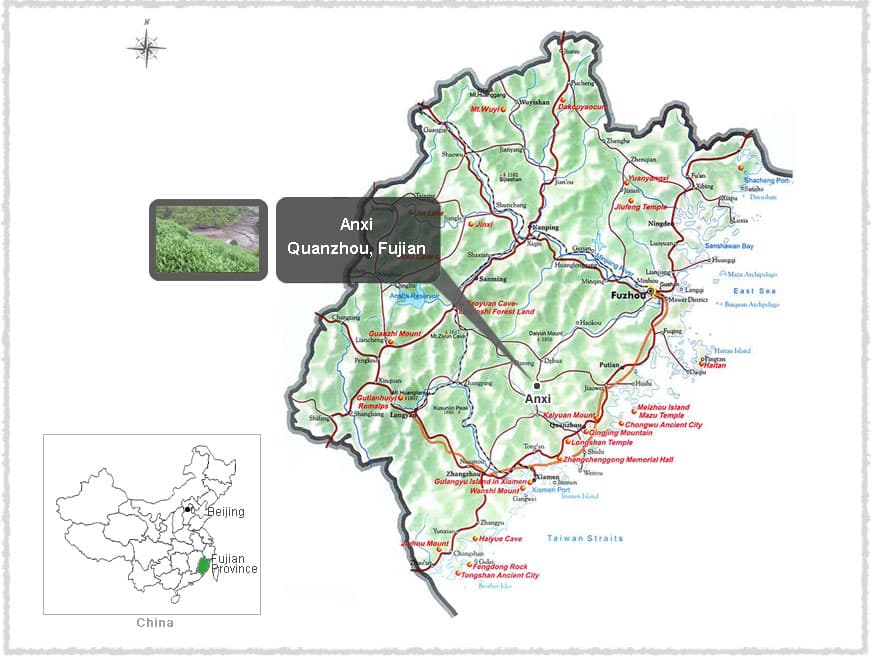
C. sinensis varietal Tieguanyin reproduces through sexual propagation, and takes the form of a shrub with a medium-sized, oval-shaped leaf, deep emerald-green in color. The left dent is thin while the leaf itself is thick yet fragile, and the buds often take on a rich purple-red color. This particular varietal has earned the descriptor “delicious but difficult to grow” since it can flourish only in fertile soil and under appropriate planting and cultivation methods.
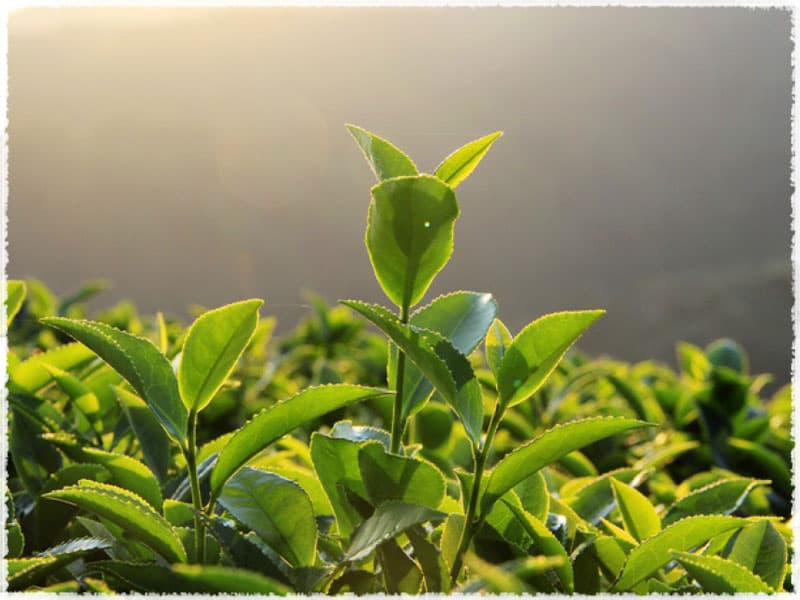
Tie Guan Yin is the representative of Chinese oolong tea. Oolong teas were first developed in the early 1700s in Fujian as a cross between nonfermented white and green teas, and fully fermented black teas, with the best of both in a single tea. Oolong quickly became popular throughout eastern China and Taiwan, and in the early 1970s spread to Japan and the rest of the world. Fujian, the home of oolong tea, still produces the finest.
Additional information
| ounce | 4 oz(113g), 8 oz(227g) |
|---|
Related Products
Related products
-
Sale!

Taiwan Jin Xuan Milk Oolong Tea (Flavored)
$15.90 – $25.80Price range: $15.90 through $25.80 Select options This product has multiple variants. The options may be chosen on the product page -
Sale!
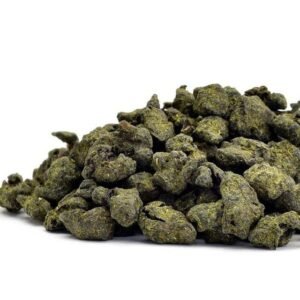
Taiwan Ginseng (Lan Gui Ren) Oolong Tea
$12.90 – $19.90Price range: $12.90 through $19.90 Select options This product has multiple variants. The options may be chosen on the product page -
Sale!

Award Winning Superfine Taiwan Ali Shan Oolong Tea
$19.90 – $39.90Price range: $19.90 through $39.90 Select options This product has multiple variants. The options may be chosen on the product page -
Sale!

Zhangping Shui Xian Oolong Tea
$19.90 – $44.90Price range: $19.90 through $44.90 Select options This product has multiple variants. The options may be chosen on the product page
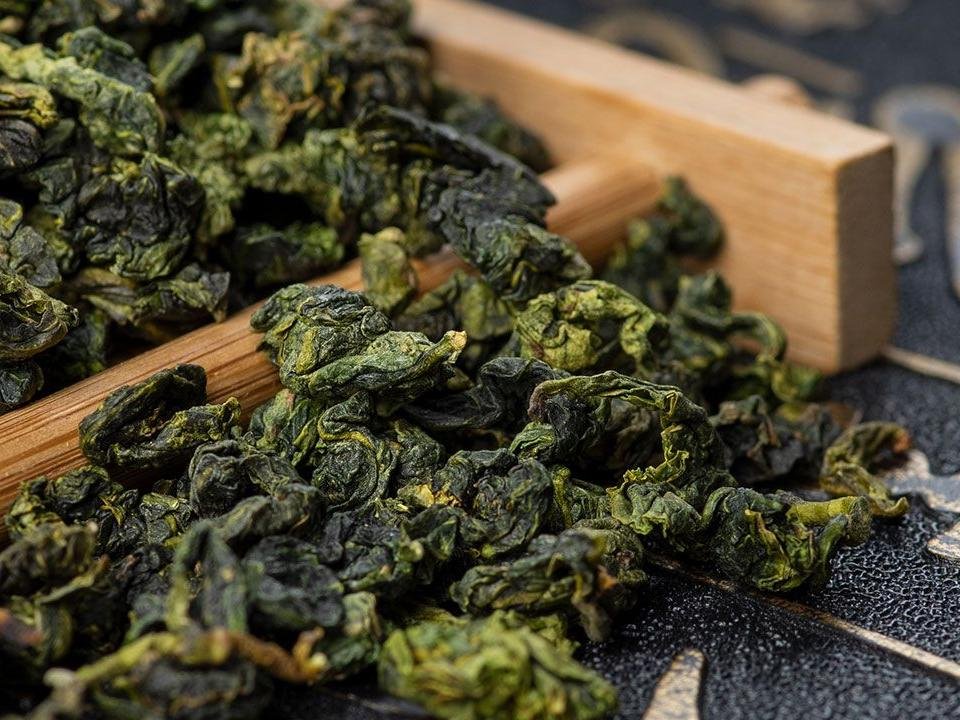
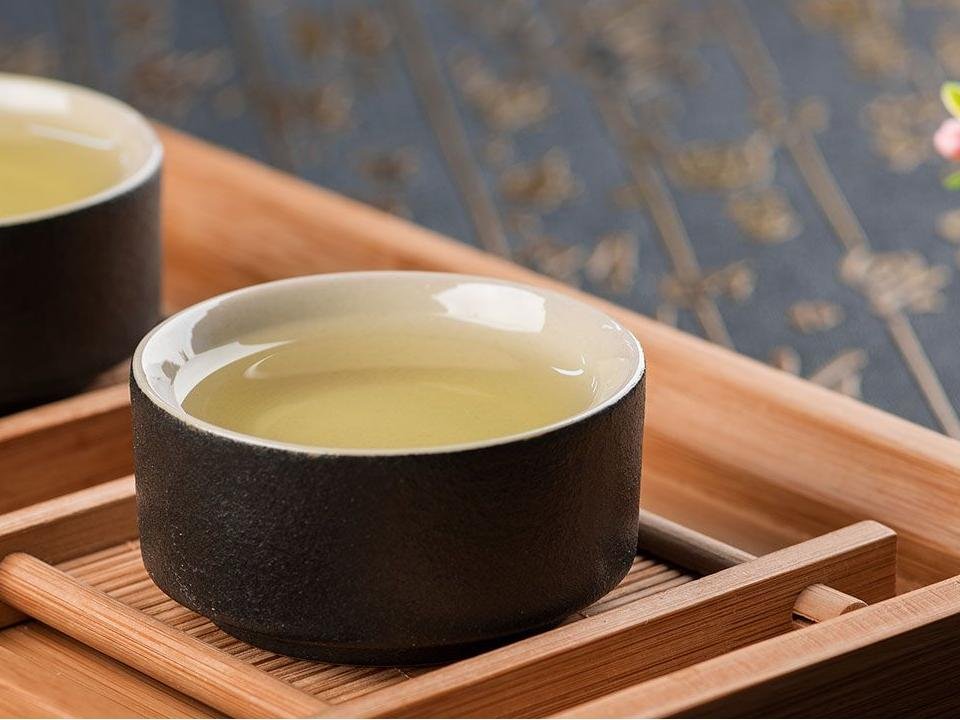
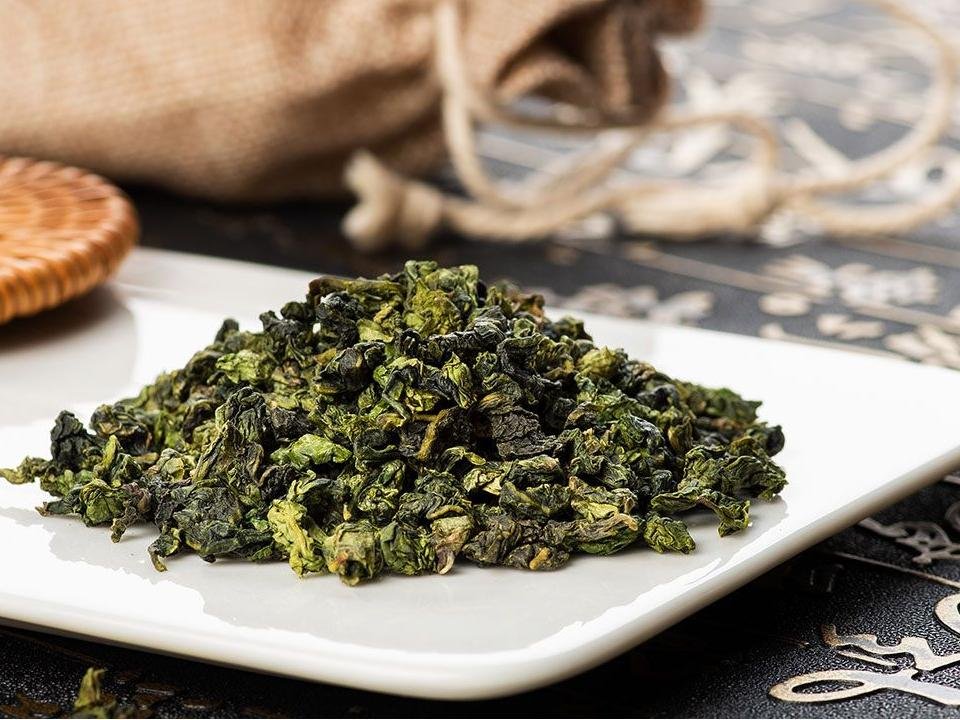
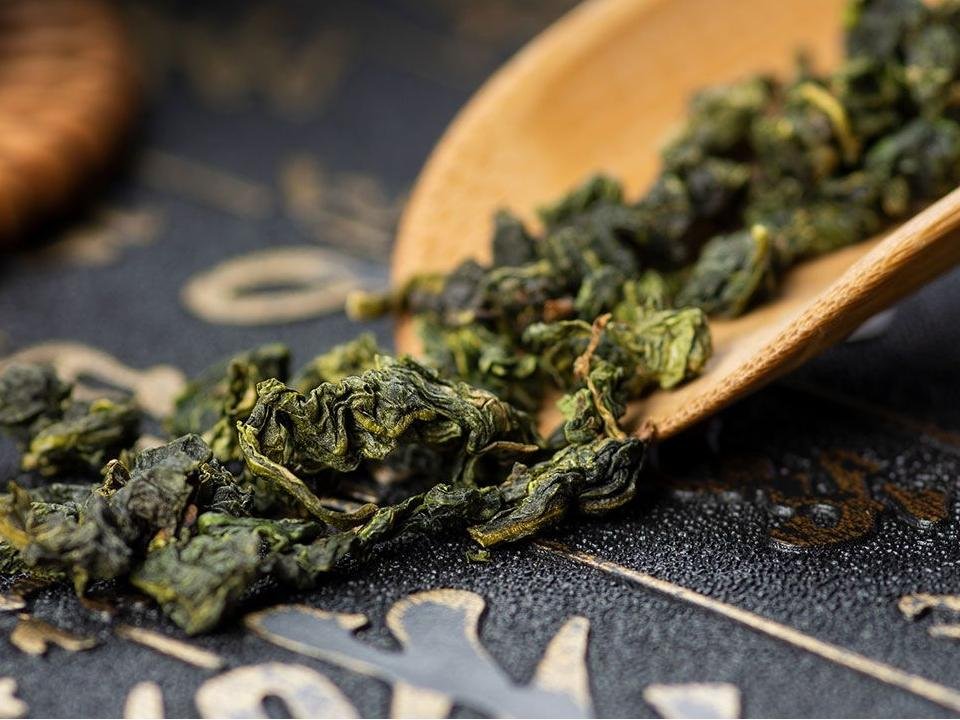
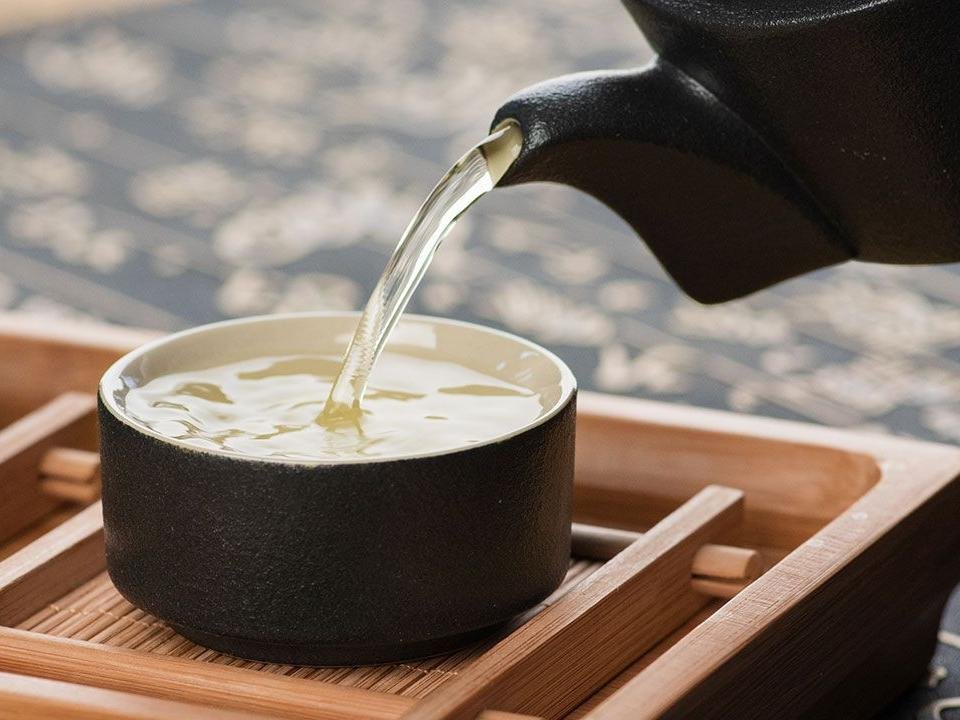
Reviews
There are no reviews yet.